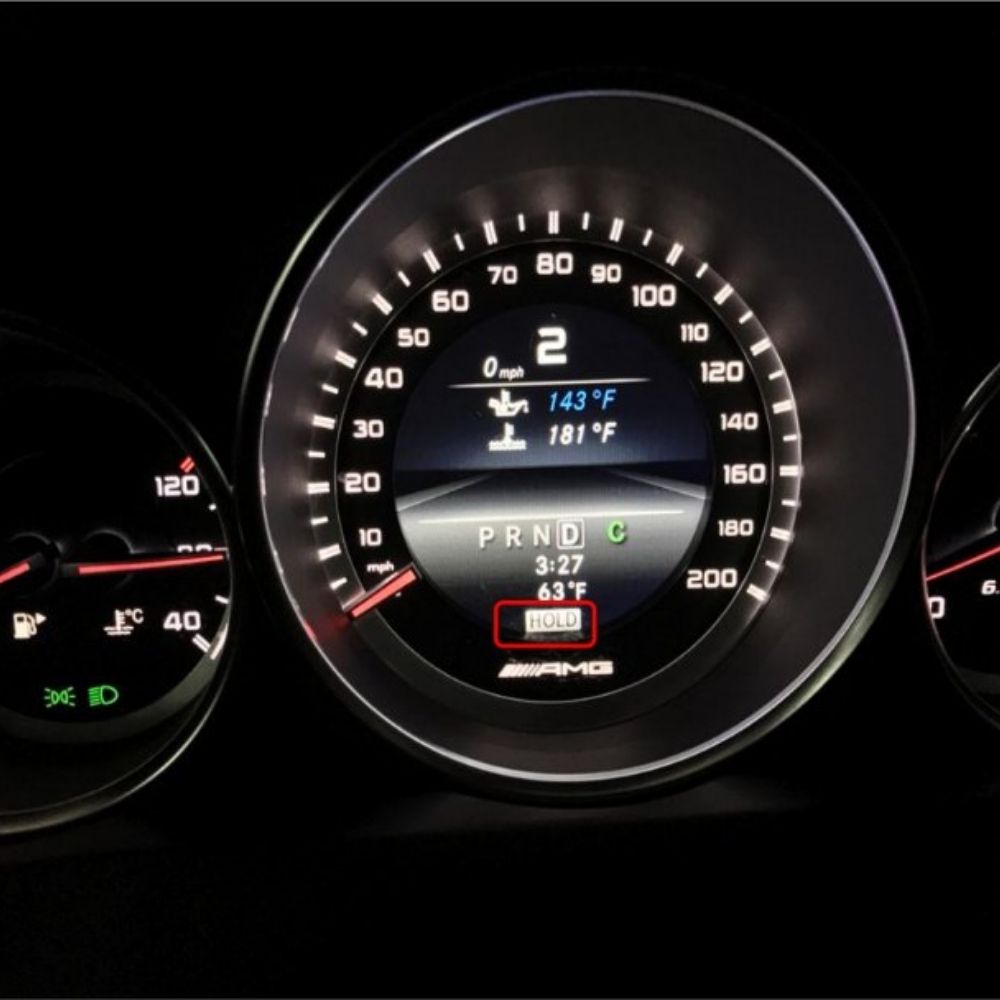
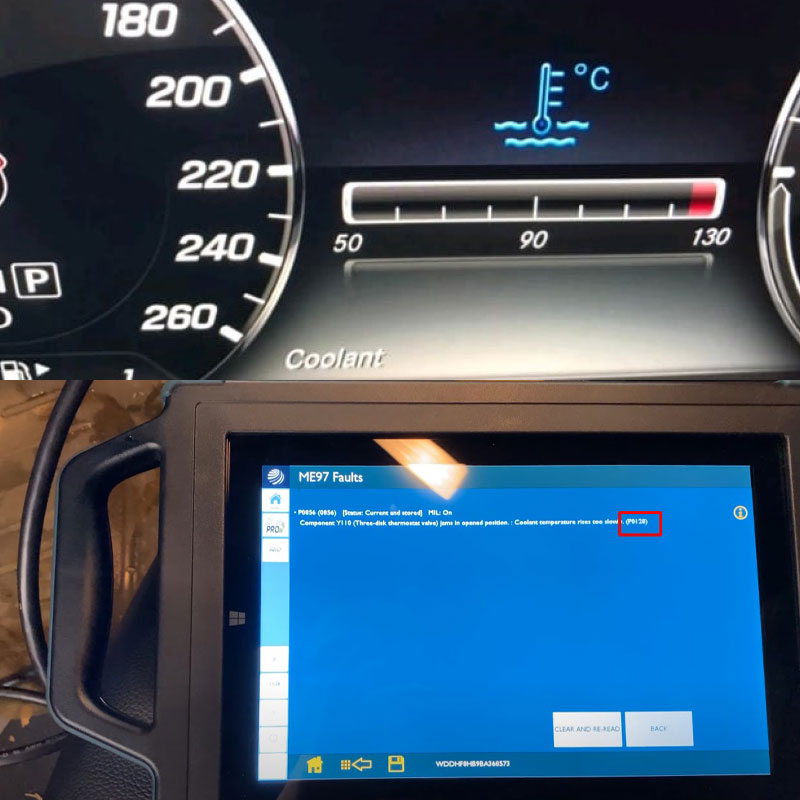
You meet the error Mercedes Benz Code P0128? AutoExplain.com provides expert guidance on diagnosing and resolving this common issue, ensuring your engine reaches optimal operating temperature. Get reliable support for your car problems, enhance fuel efficiency, and restore your car’s heater performance with our comprehensive guide. We also cover coolant temperature sensor replacement, thermostat replacement, and engine cooling system maintenance.
Table of Contents
ToggleMercedes Benz code P0128 indicates an issue with the engine coolant temperature not reaching the required level within a specified timeframe. The engine control module (ECM) monitors the coolant temperature, and if it doesn’t reach the designated threshold—typically between 160 and 180 degrees Fahrenheit (71 to 82 degrees Celsius)—within a set period, the P0128 code is triggered. This issue can lead to reduced engine efficiency and performance.
The Mercedes P0128 code is formally defined as “Coolant Thermostat (Coolant Temperature Below Thermostat Regulating Temperature).” This means the engine’s coolant is not warming up as quickly as the ECM expects.
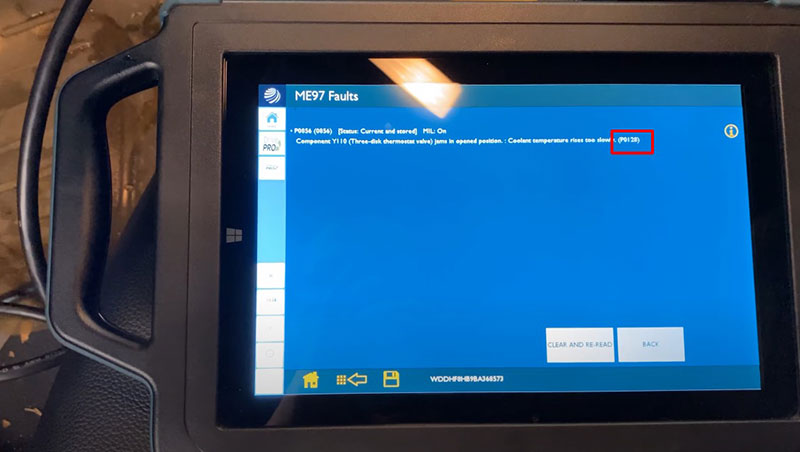
Maintaining the correct engine temperature is critical for several reasons:
Recognizing the symptoms of the P0128 code early can help you address the issue before it escalates. Here are the most common indicators:
The most obvious symptom is the check engine light appearing on your dashboard. This light indicates that the ECM has detected a problem and stored a diagnostic trouble code.
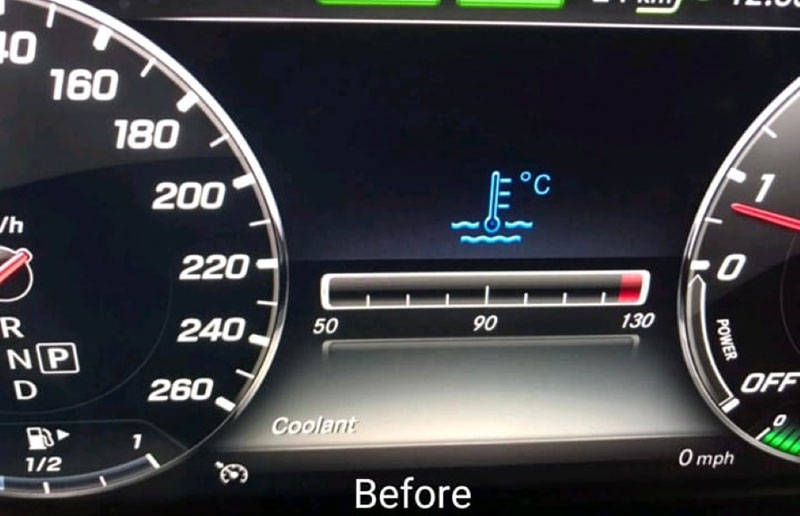
The engine temperature gauge may consistently read lower than normal. Typically, it will stay below the midpoint, indicating that the engine is not reaching its optimal operating temperature.
An engine that runs cooler than it should can lead to a significant decrease in fuel economy. The ECM compensates by injecting more fuel to warm up the engine, resulting in higher fuel consumption.
The vehicle’s heater may not blow as warm as it should, especially during colder weather. This is because the coolant is not reaching a high enough temperature to provide adequate heat to the cabin.
In some cases, you may experience rough idling, hesitation during acceleration, or a general decrease in engine performance. These issues occur because the engine is not operating within its optimal temperature range.
The engine may take a longer time to warm up, particularly noticeable in cold conditions. This extended warm-up time is a direct result of the thermostat failing to regulate coolant flow properly.
Several factors can trigger the P0128 code in your Mercedes-Benz. Identifying the root cause is crucial for effective repair.
The most common cause of the P0128 code is a faulty thermostat. The thermostat regulates the flow of coolant to the engine. If it is stuck open, coolant continuously flows through the radiator, preventing the engine from warming up quickly.
Insufficient coolant can affect the engine’s ability to reach operating temperature. Low coolant levels can be due to leaks in the cooling system or inadequate filling during maintenance.
The coolant temperature sensor (CTS) provides temperature readings to the ECM. If the CTS is defective, it may send inaccurate data, causing the ECM to incorrectly detect a low temperature and trigger the P0128 code.
Damaged or corroded wiring to the coolant temperature sensor can disrupt the signal, leading to incorrect temperature readings. Inspect the wiring harness and connectors for any signs of damage.
A radiator fan that runs continuously can overcool the engine, preventing it from reaching the required temperature. Check the fan operation to ensure it is cycling on and off as needed.
Although rare, a faulty ECM can misinterpret sensor data and trigger the P0128 code. Rule out other potential causes before considering ECM issues.
A faulty radiator cap can cause the cooling system to lose pressure, affecting the thermostat’s efficiency. Inspect the radiator cap for damage or wear.
To properly diagnose Mercedes fault code P0128, you’ll need a combination of diagnostic tools, basic mechanic equipment, and OEM-level access for accurate troubleshooting. Here’s a full list of essential tools:
Diagnosing the P0128 code requires a systematic approach. Follow these steps to identify the underlying issue:
Begin with a visual inspection of the engine bay:
Using Xentry Diagnosis Openshell or Xentry Passthru with scanner MB C4/C5/C6 tool for diagnosing the P0128 code:
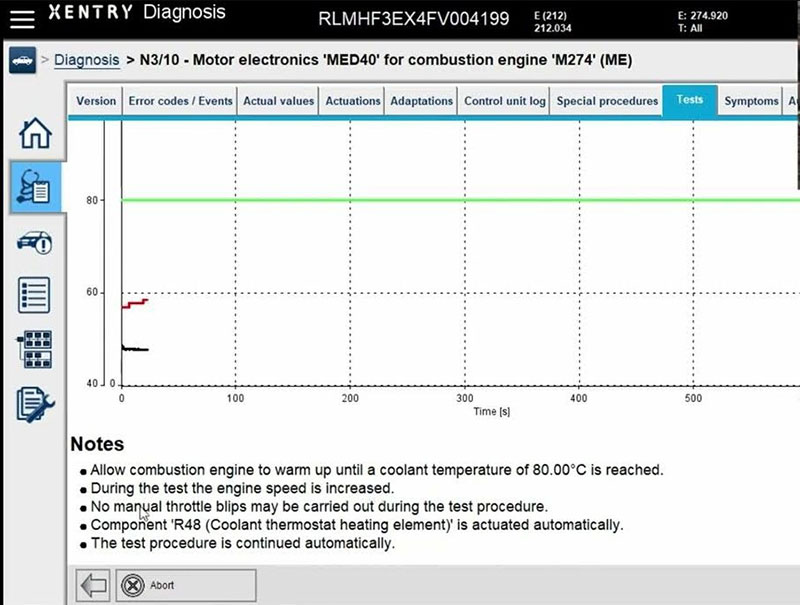
The coolant temperature sensor can be tested using a multimeter:
To evaluate the thermostat:
Check the radiator fan to ensure it is operating correctly:
A pressure test can reveal leaks in the cooling system:
Once you’ve diagnosed the cause of the P0128 code, you can proceed with the necessary repairs.
Replacing the thermostat is often the most effective solution for the P0128 code:
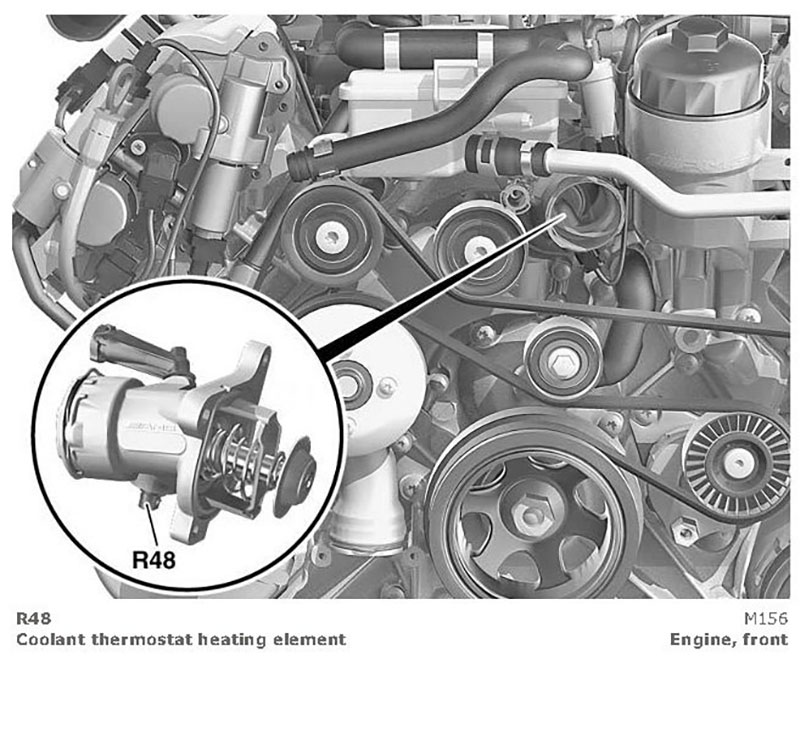
If the coolant temperature sensor is faulty:
If you find coolant leaks:
Repairing wiring issues involves:
If the radiator fan is malfunctioning:
Replacing the radiator cap is straightforward:
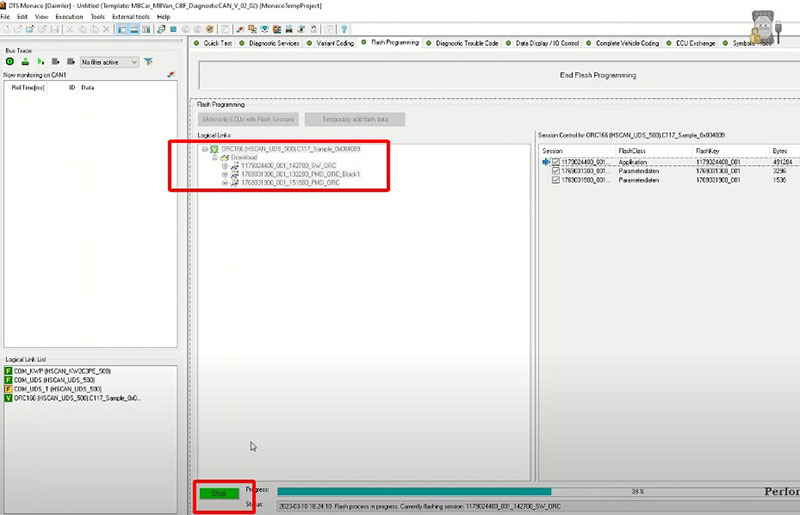
Preventive maintenance can help you avoid the P0128 code in the future:
Perform regular coolant flushes according to the manufacturer’s recommended intervals. This helps remove contaminants and maintain the coolant’s effectiveness.
Periodically inspect the cooling system components, including hoses, clamps, and the radiator, for any signs of wear or damage.
Keep an eye on the engine temperature gauge and address any unusual readings promptly.
Address any small issues, such as minor leaks or unusual noises, as soon as they are detected. This can prevent them from escalating into major problems.
When replacing cooling system components, use original equipment manufacturer (OEM) parts or high-quality aftermarket parts. These parts are designed to meet the vehicle’s specifications and ensure optimal performance.
1. Can I Drive with a P0128 Code?
While it is technically possible to drive with a P0128 code, it is not recommended. Driving with this code can lead to further engine damage and decreased fuel economy.
2. How Long Does It Take to Repair a P0128 Code?
The repair time for a P0128 code can vary depending on the cause of the issue. Thermostat replacement typically takes a few hours, while more complex repairs may take longer.
3. Will the P0128 Code Cause My Car to Fail Inspection?
Yes, the P0128 code will likely cause your car to fail an emissions inspection because it indicates a problem with the engine’s temperature regulation.
4. Can I Clear the P0128 Code Myself?
You can clear the P0128 code using an OBD-II scanner, but it will likely return if the underlying issue is not resolved.
5. Is It Safe to Add Aftermarket Coolant to My Mercedes-Benz?
It is generally safe to add aftermarket coolant to your Mercedes-Benz as long as it meets the manufacturer’s specifications. However, it is best to use OEM coolant to ensure optimal performance.
6. What Type of Coolant Does My Mercedes-Benz Need?
Your Mercedes-Benz needs a specific type of coolant that is compatible with its engine. Refer to your owner’s manual for the recommended coolant type.
7. Can Low Coolant Cause Other Problems?
Yes, low coolant can cause other problems, such as engine overheating and damage to the cooling system components.
8. How Often Should I Check My Coolant Level?
You should check your coolant level at least once a month to ensure it is at the recommended mark.
9. What Are the Symptoms of Engine Overheating?
The symptoms of engine overheating include the engine temperature gauge reading high, steam coming from the engine bay, and a burning smell.
10. Can a Faulty Radiator Cap Cause a P0128 Code?
Yes, a faulty radiator cap can cause a P0128 code by allowing the cooling system to lose pressure, affecting the thermostat’s efficiency.
Fixing fault code P0128 the right way requires more than just replacing parts — it demands expertise, the right tools, and model-specific knowledge.
AutoExplain is here to help!
We provide:
Step-by-step diagnostic support for all Mercedes models
Verified repair strategies tailored to your engine type
Remote troubleshooting and guidance from certified technicians
24/7 support to assist you anytime, anywhere
📱 Contact us now via WhatsApp: +1(936)2896695
Email us at [email protected]
Visit our office : 4590 Angus Road, New York, United States


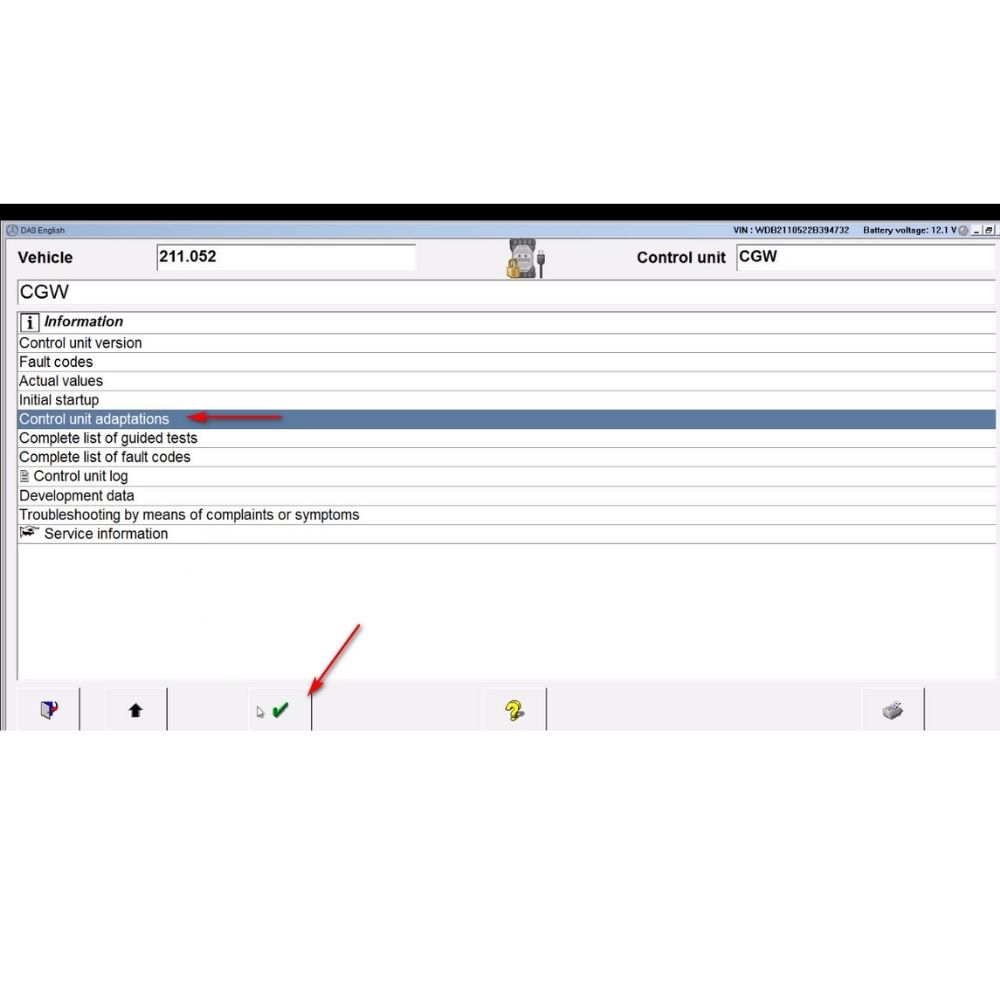
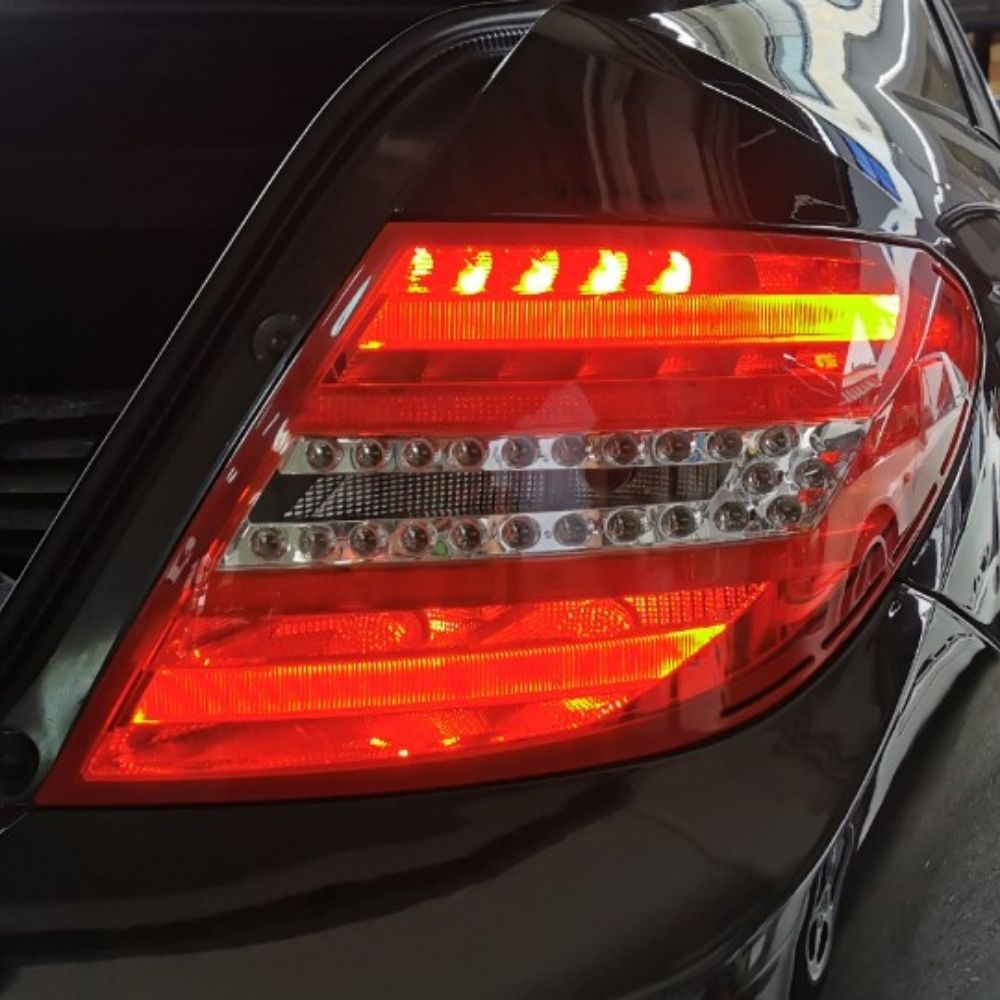

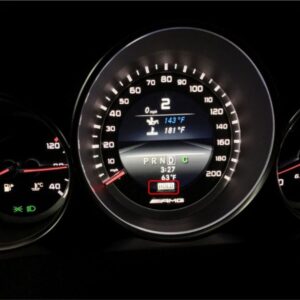
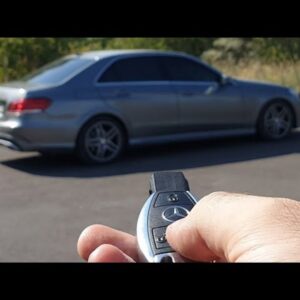
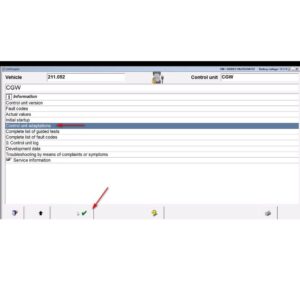
At AutoExplain, we provide automotive online repair service, auto repair tips, car repair manuals & document & training course to help mechanics of all experience levels—fix vehicles efficiently
AUTO EXPLAIN LLC
Employer Identification Number (EIN):
38-4349958
Whatsapp Us: +1(936)2896695
Gmail: [email protected]
Our Workshop: 1500 N Grant ST Sten Denver, Colorado, United States
Copyright 2025 © AutoExplain